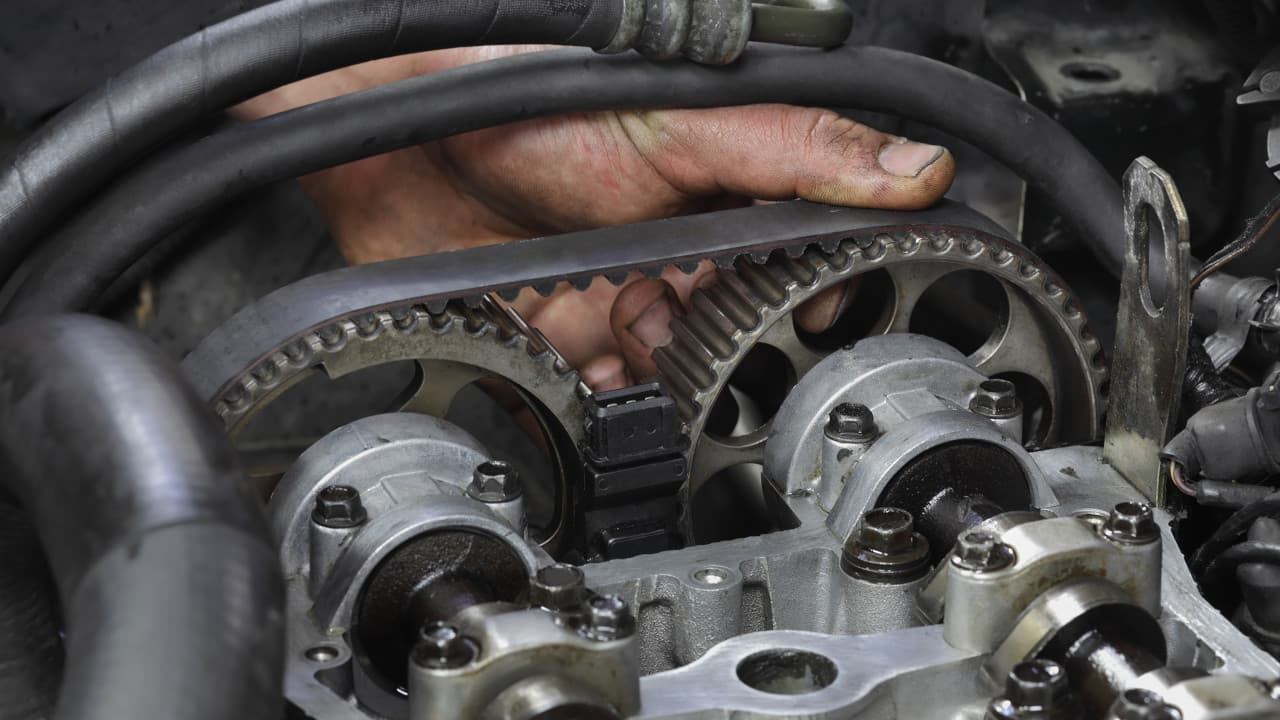- Arabic
- French
- Russian
- Spanish
- Portuguese
- Turkish
- Armenian
- English
- Albanian
- Amharic
- Azerbaijani
- Basque
- Belarusian
- Bengali
- Bosnian
- Bulgarian
- Catalan
- Cebuano
- Corsican
- Croatian
- Czech
- Danish
- Dutch
- Afrikaans
- Esperanto
- Estonian
- Finnish
- Frisian
- Galician
- Georgian
- German
- Greek
- Gujarati
- Haitian Creole
- hausa
- hawaiian
- Hebrew
- Hindi
- Miao
- Hungarian
- Icelandic
- igbo
- Indonesian
- irish
- Italian
- Japanese
- Javanese
- Kannada
- kazakh
- Khmer
- Rwandese
- Korean
- Kurdish
- Kyrgyz
- Lao
- Latin
- Latvian
- Lithuanian
- Luxembourgish
- Macedonian
- Malgashi
- Malay
- Malayalam
- Maltese
- Maori
- Marathi
- Mongolian
- Myanmar
- Nepali
- Norwegian
- Norwegian
- Occitan
- Pashto
- Persian
- Polish
- Punjabi
- Romanian
- Samoan
- Scottish Gaelic
- Serbian
- Sesotho
- Shona
- Sindhi
- Sinhala
- Slovak
- Slovenian
- Somali
- Sundanese
- Swahili
- Swedish
- Tagalog
- Tajik
- Tamil
- Tatar
- Telugu
- Thai
- Turkmen
- Ukrainian
- Urdu
- Uighur
- Uzbek
- Vietnamese
- Welsh
- Bantu
- Yiddish
- Yoruba
- Zulu
Nov . 14, 2024 16:05 Back to list
alternator fan belt
Understanding the Alternator Fan Belt Importance and Maintenance
The alternator fan belt, also commonly referred to as the serpentine belt, is an integral component in the functioning of internal combustion engines, particularly in vehicles. This belt plays a crucial role in powering several systems in a car, including the alternator, power steering pump, water pump, and air conditioning compressor. Understanding its purpose, maintenance tips, and common issues can greatly enhance the longevity and performance of your vehicle.
What is the Alternator Fan Belt?
The alternator fan belt is a looped rubber belt designed to transfer power from the engine's crankshaft to various components. It typically circles around multiple pulleys, which are connected to various accessories in the engine bay. The most notable function of the alternator fan belt is to ensure that the alternator generates electricity needed to charge the battery and power electrical components when the engine is running.
Importance of the Alternator Fan Belt
1. Power Distribution As previously mentioned, the alternator fan belt distributes power from the engine to the alternator and other crucial systems. This ensures that your vehicle's electrical systems remain operational while the engine is running.
2. Cooling System The belt also indirectly affects the vehicle’s cooling system. By powering the water pump, it helps circulate coolant through the engine, preventing overheating.
3. Smoother Operation A well-maintained alternator fan belt allows for smoother operation of the engine. If the belt is worn or damaged, you may notice unusual noises, such as squeaking or squealing, indicating the need for inspection.
4. Fuel Efficiency A properly functioning alternator fan belt enhances fuel efficiency by ensuring that all engine accessories operate smoothly and effectively, reducing unnecessary strain on the engine.
Maintenance Tips for the Alternator Fan Belt
Maintaining your alternator fan belt is essential for ensuring your vehicle operates efficiently
. Here are some tips to keep it in good conditionalternator fan belt

1. Regular Inspections Periodically check your alternator fan belt for signs of wear and tear. Look for cracks, fraying, or other visible damage. A good rule of thumb is to inspect it during routine oil changes.
2. Proper Tension Ensure that the belt has the correct tension. A belt that is too loose can slip off the pulleys, while one that is too tight can cause excessive wear on the components. Consult your vehicle’s manual for the recommended tension specifications.
3. Listen for Noises Pay attention to unusual sounds coming from the engine compartment. A squeaking or chirping noise can indicate that the alternator fan belt is worn out or misaligned and may need to be replaced.
4. Check Alignment Ensure that the belt is aligned properly with the pulleys. Misalignment can lead to premature wear and damage. If you notice that the belt is not tracking straight, it may be necessary to have the pulleys and belt tensioners checked.
5. Replace when Necessary Most manufacturers recommend replacing the alternator fan belt every 60,000 to 100,000 miles. However, it’s important to consult your vehicle’s manual, as recommendations can vary depending on the make and model of your vehicle.
Common Issues with the Alternator Fan Belt
Drivers may encounter several common issues with the alternator fan belt
- Worn Out Belt Over time, belts can wear out, leading to cracks or breaks. A worn belt can lead to alternator failure, causing the battery to drain.
- Slipping If the belt loses tension, it may slip, causing the alternator and other components to underperform. This can lead to electrical issues in the vehicle.
- Overheating A broken or damaged fan belt can affect the water pump's operation, potentially leading to engine overheating, which can cause severe damage.
In conclusion, the alternator fan belt plays a vital role in the overall efficiency and functioning of your vehicle. Regular maintenance and timely checks can prevent common issues and ensure that your vehicle operates smoothly. Understanding its importance and keeping an eye on its condition can save you from unexpected breakdowns and costly repairs down the line. Always consult your vehicle's manual and consider professional assistance if you're unsure about the maintenance procedures.
-
Korean Auto Parts Timing Belt 24312-37500 For Hyundai/Kia
NewsMar.07,2025
-
7PK2300 90916-T2024 RIBBED BELT POLY V BELT PK BELT
NewsMar.07,2025
-
Chinese Auto Belt Factory 310-2M-22 For BMW/Mercedes-Benz
NewsMar.07,2025
-
Chinese Auto Belt Factory 310-2M-22 For BMW/Mercedes-Benz
NewsMar.07,2025
-
90916-02660 PK Belt 6PK1680 For Toyota
NewsMar.07,2025
-
drive belt serpentine belt
NewsMar.07,2025

